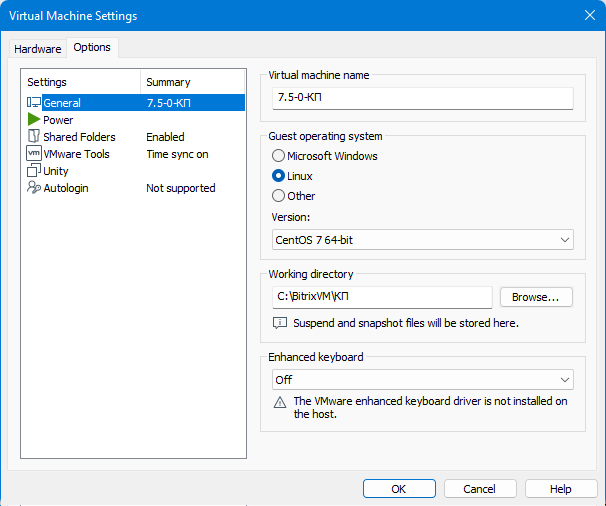

When different flavors are used in the switches, it creates timing issues between Blocking and Forwarding states. If two connected switches run different flavors of STP, they require different timings to converge. Without STP on the bridges and switches, such a failure can result in a loop. A failure of your primary activates the backup links so that users can continue to use the network. Redundant links are as important as backups in the case of a failover in a network. Use STP in situations where you want redundant links, but not loops. You implement STP on bridges and switches in order to prevent loops in the network. There are different flavors of STP, but 802.1D is the most popular and widely implemented. STP runs on bridges and switches that are 802.1D-compliant. STP and MST (Catalyst 6500/6000 Switches that run Cisco IOS® Software)Ĭonfiguring STP and MST (Catalyst 4500/4000 Switches that run Cisco IOS Software)

Refer to these documents for information on the configuration of STP on other switch platforms: If your network is live, make sure that you understand the potential impact of any command. All of the devices used in this document started with a cleared (default) configuration. The information in this document was created from the devices in a specific lab environment. Components UsedĪlthough this document uses Cisco Catalyst 5500/5000 Switches, the spanning tree principles that the document presents are applicable to almost all devices that support STP.Ī console cable that is suitable for the Supervisor Engine in the switch There are no specific requirements for this document. The main purpose of STP is to ensure that you do not create loops when you have redundant paths in your network. The specification for STP is IEEE 802.1D. Spanning Tree Protocol (STP) is a Layer 2 protocol that runs on bridges and switches.


 0 kommentar(er)
0 kommentar(er)
